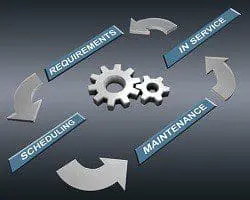For Work Flow Optimization we use job requirements to create a maintenance schedule that minimizes the impact on workers’ productivity.

Vector Fleet Management measures success in part by scheduling work efficiently and optimizing each technician’s workload. Proper workflow management is an essential part of the process.
In addition, preventive maintenance begins with establishing maintenance intervals and protocols with our approach.
Additionally, our technicians are assigned tasks based on their skills and location. Each technician works in the most efficient area and has the right equipment for the job. Finally, our technicians are trained to provide timely updates to our customers. As a result of our technicians’ preventative maintenance plans, our clients enjoy reduced downtime and increased productivity. Moreover, our flexibility to work extended shifts or on weekends facilitates this. As a result of our technicians’ preventative maintenance plans, our clients enjoy reduced downtime and increased productivity.
Furthermore, this process continues with automated tracking of Preventive Maintenance Inspection (PMI) schedules with alerts sent to vehicle users via e-mail, thereby ensuring a workload for your operations team and automatically adding it to your shop planner.
Consequently, upon clocking in, the technician will be directed to their assigned mechanical workstation, where they will access the Shop Planner. Ultimately, to ensure a consistent workflow and optimize fleet maintenance, Vector not only tailors playbooks to your specific needs but also delivers consistent results over the life of your contract.
In addition, workflow optimization can:
- Significantly Reduce Human Error: To significantly reduce human error. Automating certain tasks can help to reduce the possibility of human error, which can lead to costly mistakes and delays.
- Enhance Compliance: To enhance compliance. Automating certain tasks can help to ensure that businesses are compliant with regulatory requirements. This can help to mitigate legal and financial risks.
- Increase Visibility: To increase visibility. Automation can help businesses gain better visibility into their fleet operations, allowing them to make more informed decisions.
- Provide Real-Time Insights: To provide real-time insights. Automation can provide businesses with access to real-time data, which can be used to identify opportunities for improvement and to make more informed decisions.
Furthermore, implementing proper workflow optimization can significantly benefit businesses; not only will it save time and money, but moreover it can also increase safety, improve customer service, and strengthen customer loyalty.
Contact us today for a complimentary Cost Study Analysis and learn more about how Optimizing Work Flow may benefit your company.
